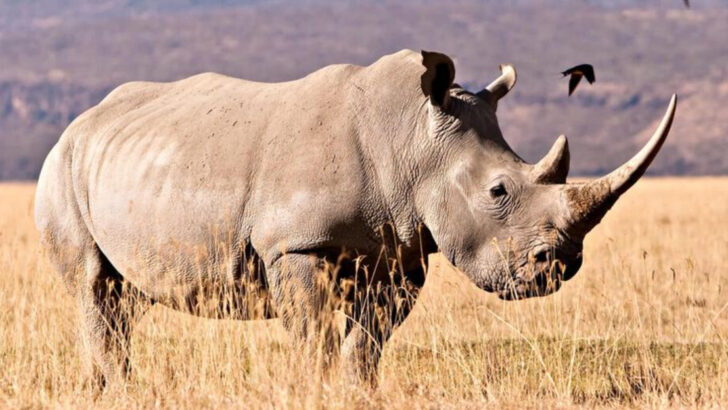Some animals no longer roam the wild—they’ve become ghostly figures of what once was. Today, these creatures are only found behind the gates of zoos, sanctuaries, and conservation centers. Due to habitat destruction, poaching, and the harsh realities of environmental change, many species have vanished from their natural homes, existing only in captivity.
While these animals might be safe, their stories are far from easy. They’re a testament to the resilience of life, and the extraordinary efforts humans have made to preserve them. Each species has its own tale of survival, adaptation, and the delicate balance between nature and the hand of conservation.
In this post, we’ll explore 19 fascinating animals that can only be seen in these protected environments. These creatures may be rare, but their presence reminds us of the urgent need to protect the wild wonders that remain
Pinta Island Tortoise
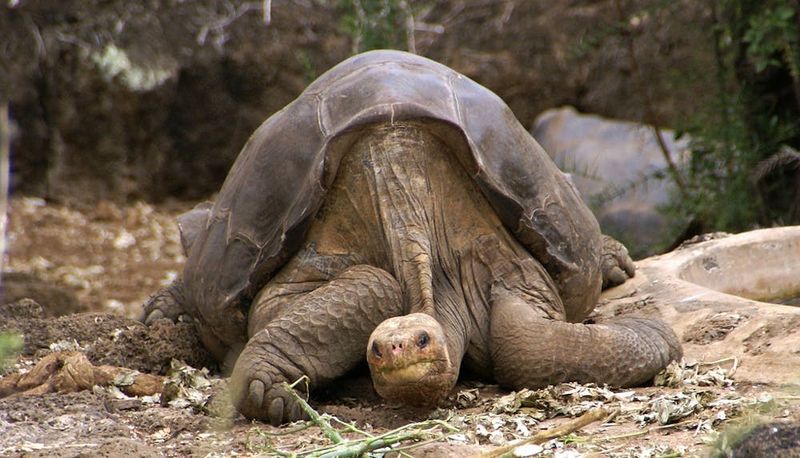
The Pinta Island Tortoise, once native to the Galápagos Islands, now exists only in captivity. These tortoises were driven to near extinction due to hunting and introduced species.
The last known wild individual, Lonesome George, passed away in 2012. Today, conservation efforts focus on genetic studies and breeding programs to preserve their genetic legacy.
In captivity, these tortoises thrive under controlled conditions, mimicking their natural habitat as closely as possible. Efforts to recreate their ecosystems are crucial in ensuring their survival and educating the public about their plight.
Bali Tiger
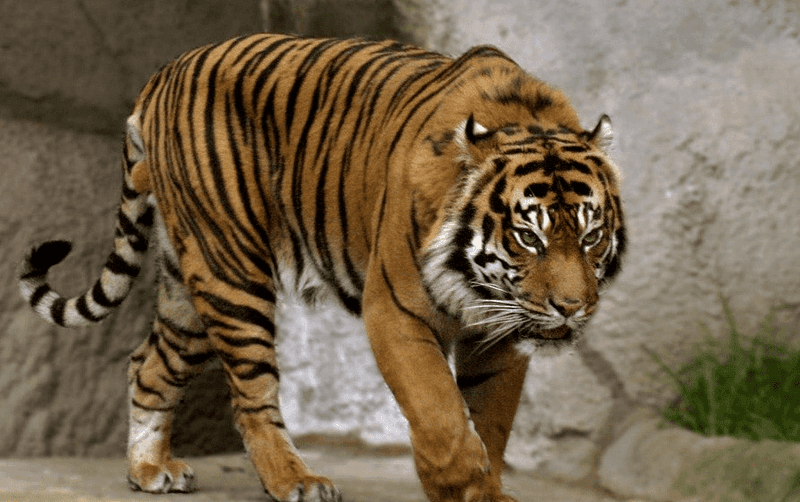
The Bali Tiger, native to the Indonesian island of Bali, was declared extinct in the wild in the 20th century due to hunting and habitat loss. In captivity, a few individuals remain as part of breeding programs aimed at conserving their unique genetic makeup.
Zoos provide a safe haven where they can thrive, free from the threats that led to their extinction. These programs not only help maintain the species but also serve as vital educational tools for visitors, highlighting the importance of wildlife conservation and the impact of human activities on fragile ecosystems.
Spix’s Macaw
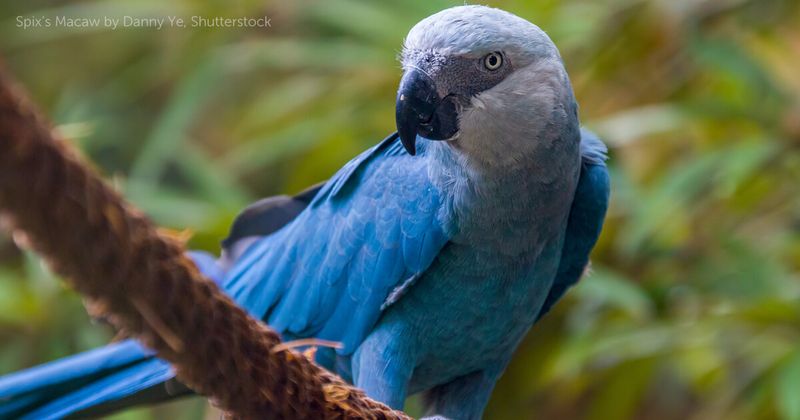
Spix’s Macaw, famously known as the inspiration for the animated movie ‘Rio,’ is critically endangered and exists only in captivity. Once native to Brazil, deforestation and illegal trapping decimated their numbers.
Captive breeding programs are now the species’ lifeline, aiming to reintroduce them into the wild. These macaws are charismatic and intelligent, drawing attention to the broader issues of habitat destruction and the illegal pet trade.
Zoos and sanctuaries play a crucial role in their conservation, providing safe environments and educating the public on conservation efforts.
Northern White Rhinoceros
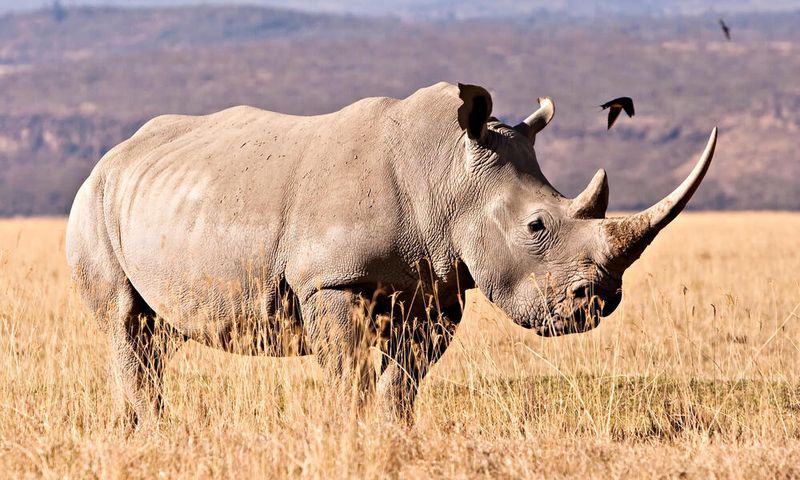
The Northern White Rhinoceros, once roaming parts of Africa, now survives only in captivity. Poaching for their horns led to a drastic decline, leaving just a few individuals under human care.
Captive breeding and advanced reproductive technologies are being explored to save the species. These rhinos symbolize the urgent need for anti-poaching efforts worldwide.
Zoos provide them with large, naturalistic enclosures, simulating their native habitats, while also educating visitors about the threats facing rhinos in the wild and the importance of biodiversity conservation.
Baiji Dolphin
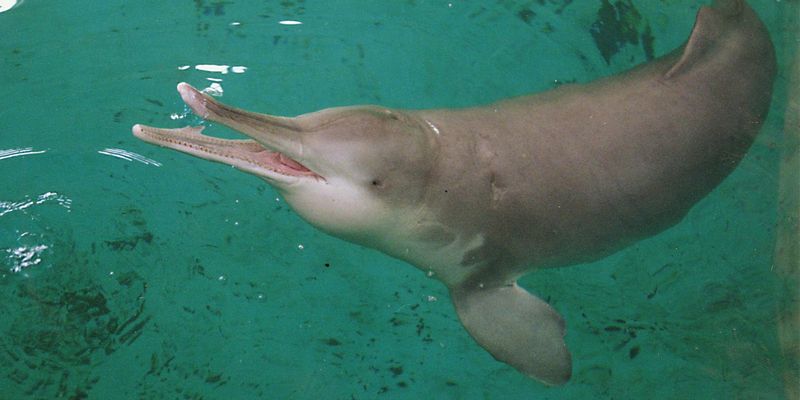
The Baiji Dolphin, once inhabiting the Yangtze River in China, is now considered functionally extinct in the wild. Pollution, boat traffic, and habitat degradation led to their decline.
Captivity offers a controlled environment where small numbers are studied for conservation research. Efforts focus on understanding their biology and behavior to aid potential future reintroductions.
These dolphins highlight the environmental challenges faced by freshwater species and the critical need for river conservation. Their story emphasizes the importance of protecting aquatic habitats from further human-induced harm.
Guam Kingfisher
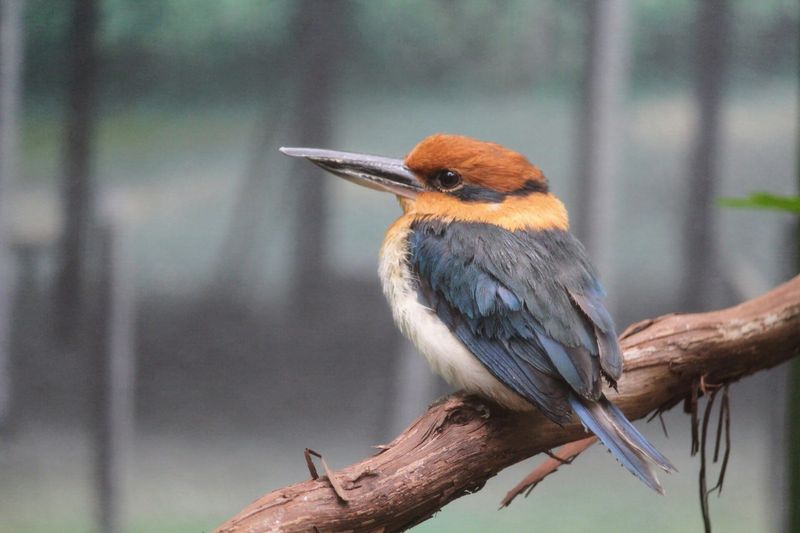
The Guam Kingfisher is a striking bird that now exists solely in captivity. Native to Guam, its population plummeted due to predation by invasive brown tree snakes. Captive breeding programs in zoos are critical for their survival.
These programs focus on increasing population numbers and studying their behavior. Through these efforts, there’s hope for reintroduction into the wild.
The Guam Kingfisher serves as a poignant reminder of the fragility of island ecosystems and the impact of invasive species, highlighting the need for careful ecological management.
Scimitar Oryx
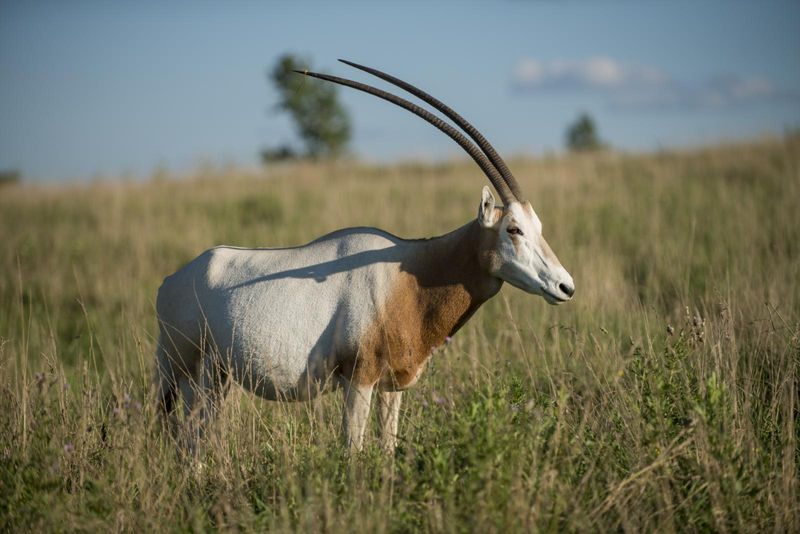
The Scimitar Oryx, once widespread across North Africa, now survives only in captivity. Overhunting and habitat loss led to their extinction in the wild.
Zoos and conservations have established breeding programs, with some successful reintroductions in secure reserves. These initiatives focus on genetic diversity and habitat restoration, providing a glimmer of hope for the species’ future.
The Scimitar Oryx’s story is a testament to the resilience of captive breeding programs and underscores the importance of global cooperation in wildlife conservation efforts.
Alagoas Curassow
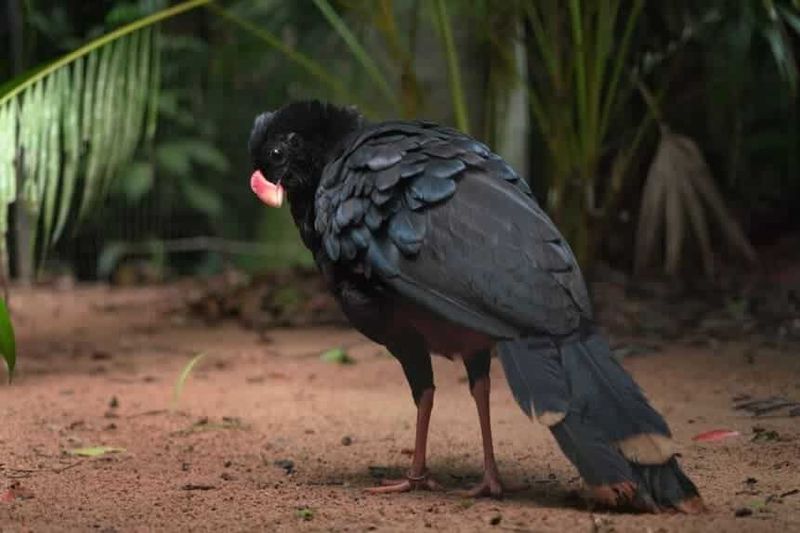
The Alagoas Curassow, a bird native to Brazil, now exists solely in captivity. Deforestation and hunting led to their disappearance from the wild.
Captive populations are maintained in specialized breeding centers, focusing on increasing numbers and ensuring genetic diversity. These birds are characterized by their glossy black plumage and distinctive calls.
Conservationists hope to reintroduce them to restored habitats. Their plight highlights the dire consequences of habitat destruction and the urgent need for sustainable land use practices to protect vulnerable species.
Socorro Dove
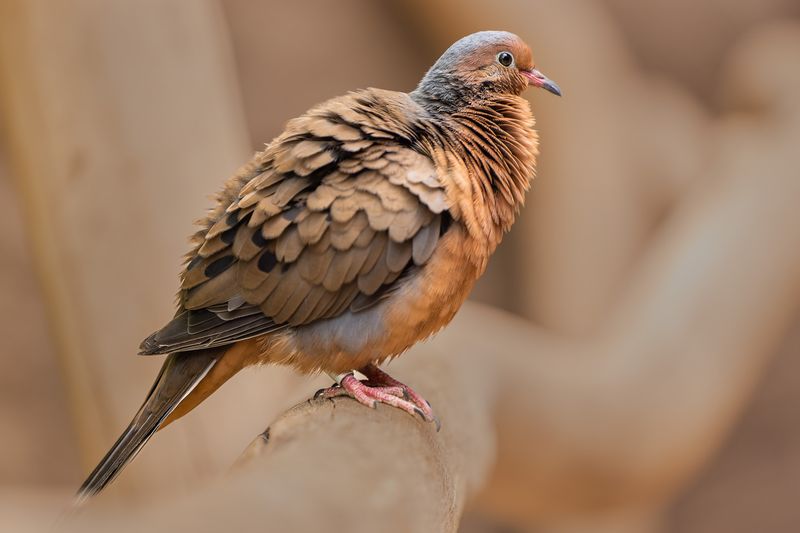
The Socorro Dove, once native to Mexico’s Socorro Island, is now found only in captivity. Habitat destruction and predation by feral cats led to their extinction in the wild.
Zoos around the world collaborate in captive breeding efforts, aiming to restore their population. These doves are symbols of hope, representing successful international conservation partnerships.
Reintroduction plans depend on habitat restoration and predator control. Their story emphasizes the critical need for protecting islands and managing invasive species to preserve avian biodiversity.
Crested Shelduck
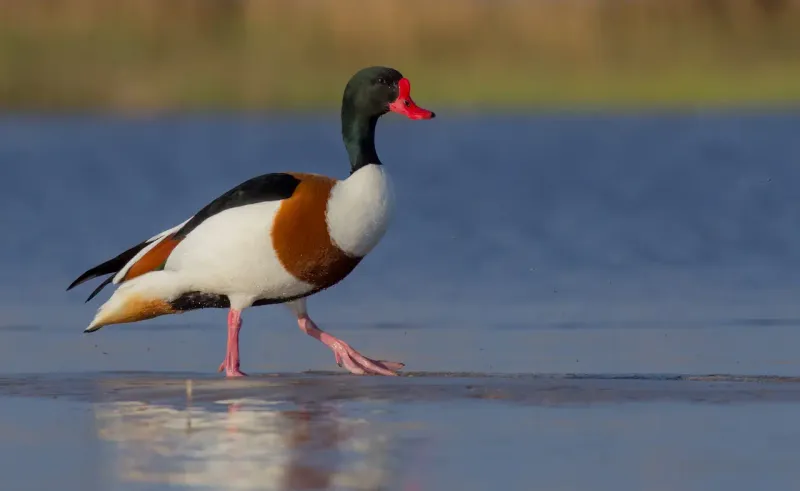
The Crested Shelduck is an enigmatic bird, with only a few confirmed sightings in the wild. It exists primarily in captivity, where breeding programs focus on understanding its behavior and ecology.
These birds are characterized by their distinctive crested head and striking plumage. Their rarity makes them a priority for conservationists, who work to preserve their genetic material.
The Crested Shelduck serves as a reminder of the mysteries still present in nature and the importance of continued research and conservation efforts to protect little-known species.
Kihansi Spray Toad

The Kihansi Spray Toad, once found in Tanzania’s Kihansi Gorge, exists only in captivity following habitat loss due to a dam project. These tiny toads thrive in specially designed terrariums that replicate their original environment, complete with misting systems.
Captive breeding programs focus on increasing their numbers for potential reintroduction. The Kihansi Spray Toad exemplifies the delicate balance between development and conservation, highlighting the need for careful planning to protect unique ecosystems. Their story encourages sustainable development practices.
Hawaiian Crow (‘Alalā)
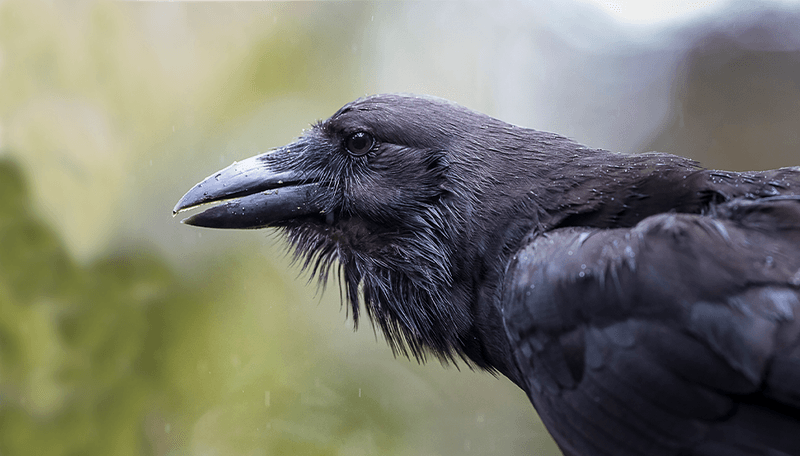
The Hawaiian Crow, or ‘Alalā, once thrived in Hawaii but is now found only in captivity. Habitat loss and introduced predators led to their decline. Captive breeding programs aim to bolster their numbers and reintroduce them into protected natural reserves.
These intelligent birds play a crucial role in seed dispersal, vital for forest regeneration. The survival of the ‘Alalā depends on effective habitat protection and predator control measures.
Their story underscores the importance of preserving native species and ecosystems in the face of human-induced challenges.
Golden Lion Tamarin
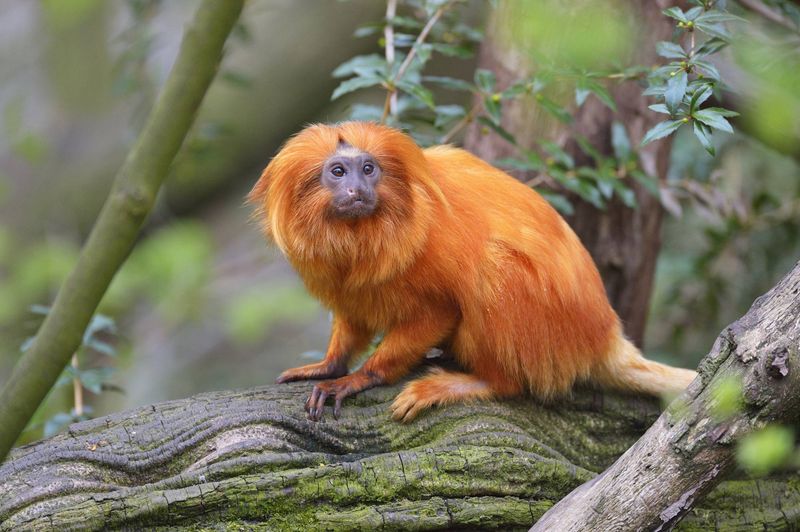
The Golden Lion Tamarin, a small primate native to Brazil’s Atlantic Forest, survives in captivity due to deforestation and habitat fragmentation. Zoos and conservations collaborate on breeding programs and habitat restoration efforts.
These tamarins play an essential role in their ecosystem, aiding in seed dispersal. Captive breeding successes have led to reintroductions in protected forest areas.
The Golden Lion Tamarin embodies the interconnectedness of species and ecosystems, highlighting the need for concerted conservation efforts to protect and restore biodiversity.
Nene Goose
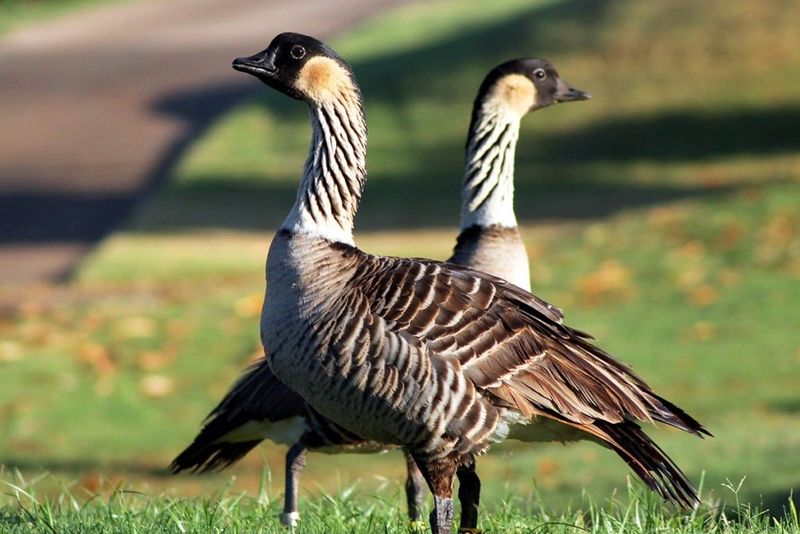
The Nene Goose, Hawaii’s state bird, survives in captivity due to habitat loss and predation by introduced species. Conservation programs focus on captive breeding and reintroduction to protected areas.
These geese are adapted to a variety of habitats, from coastal dunes to volcanic slopes. Their recovery represents a conservation success story, driven by dedicated efforts to restore their populations.
The Nene Goose’s journey emphasizes the importance of habitat protection and the role of human intervention in reversing declines in endangered species populations.
Przewalski’s Horse
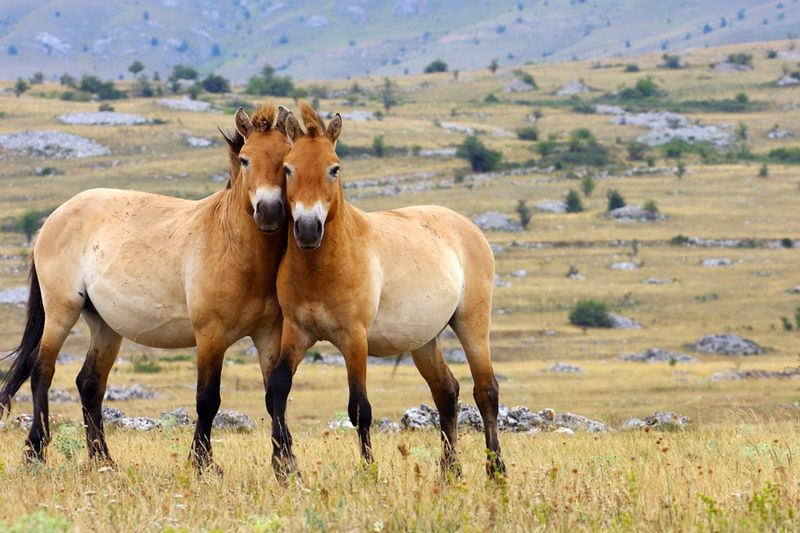
Przewalski’s Horse, once extinct in the wild, survives in captivity and has seen successful reintroductions. Native to the steppes of Central Asia, these horses were saved through global breeding programs.
Their robust bodies and distinct appearance set them apart from domestic horses. Conservation efforts focus on maintaining genetic diversity and monitoring reintroduced populations.
Przewalski’s Horse symbolizes the triumph of coordinated international conservation efforts, highlighting the importance of preserving wild species and their habitats for future generations.
Alaotra Grebe
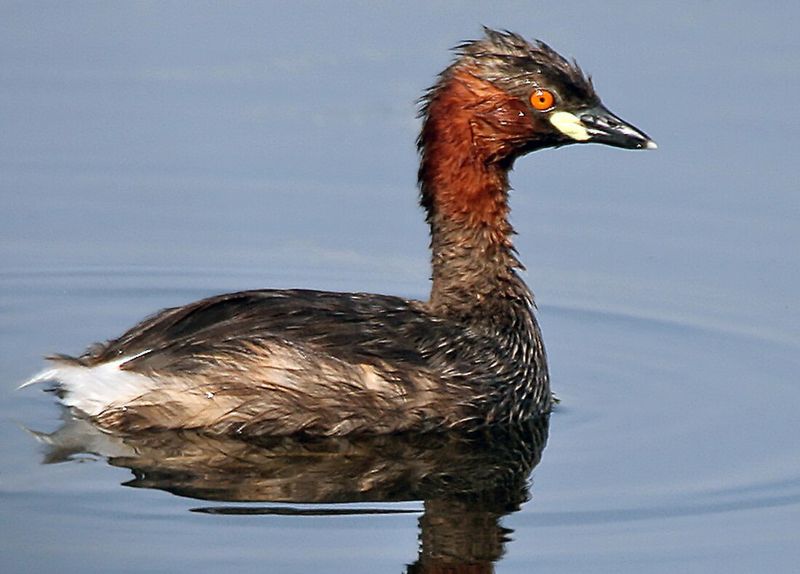
The Alaotra Grebe, native to Madagascar’s Lake Alaotra, is extinct in the wild, surviving only in captivity. Habitat destruction and invasive species contributed to their decline. Zoos maintain captive populations, focusing on breeding and ecological research.
These grebes are small, agile divers, vital for controlling aquatic ecosystems. Conservationists hope to preserve their genetic legacy and explore potential habitat restoration.
The Alaotra Grebe highlights the critical need for freshwater habitat protection and the dangers posed by invasive species to native wildlife.
Yangtze Giant Softshell Turtle
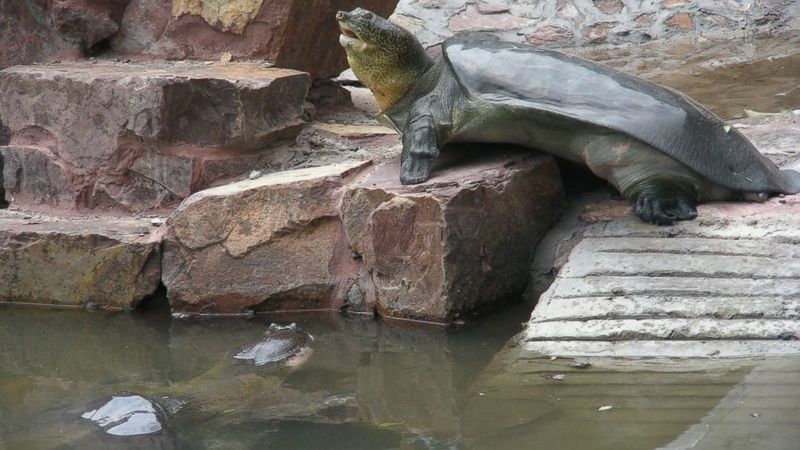
The Yangtze Giant Softshell Turtle, one of the world’s rarest turtles, exists only in captivity. Once widespread in the Yangtze River, habitat loss and hunting led to their near extinction.
Conservationists work tirelessly to protect the remaining individuals and explore breeding possibilities. These turtles are symbols of ancient lineage, reflecting the fragile state of freshwater ecosystems.
Efforts to save them highlight the importance of habitat preservation and the urgent need for global cooperation in conserving threatened aquatic species.
Barbary Lion
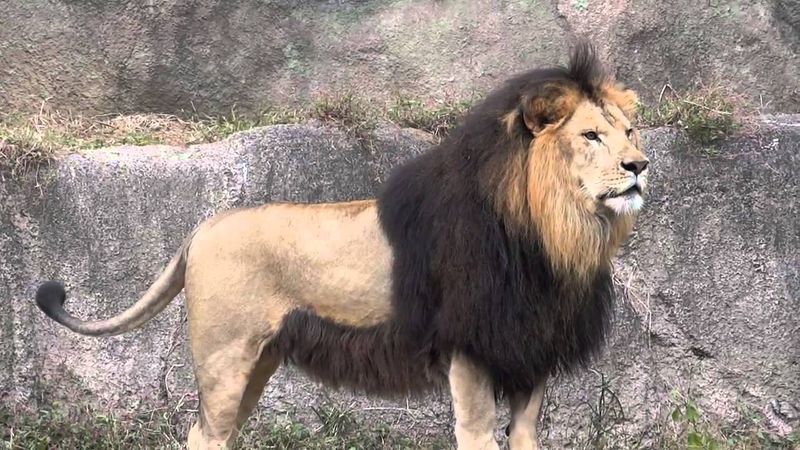
The Barbary Lion, once roaming the Atlas Mountains of North Africa, survives only in captivity. Overhunting led to their extinction in the wild. Zoos around the world house these lions, focusing on maintaining their genetic purity.
They are distinguished by their impressive size and mane. Breeding programs aim to preserve their lineage and educate the public about their historical significance.
The Barbary Lion’s story serves as a reminder of the impact of human activities on wildlife and the need for concerted conservation efforts to protect remaining natural habitats.
Zanzibar Leopard
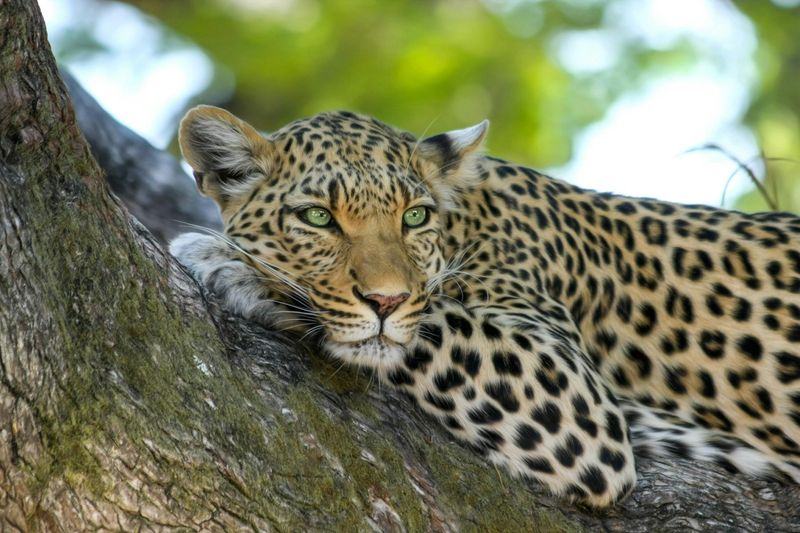
The Zanzibar Leopard, once native to the island of Zanzibar, is now considered extinct in the wild. This elusive cat was a victim of superstition, as locals believed it was associated with witchcraft, leading to its persecution.
In captivity, a few individuals are preserved, providing a glimpse into their mysterious world. With a spotted coat and piercing eyes, these leopards are a testament to the island’s rich biodiversity.
Conservation efforts focus on educating the public about the dangers of superstition and the importance of preserving such unique species for future generations.

